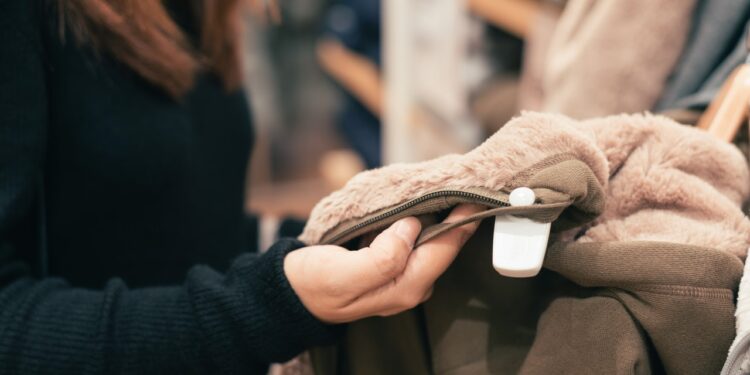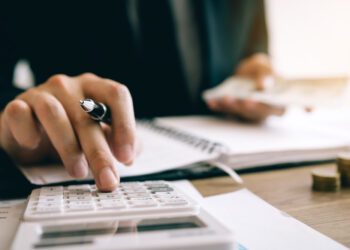Which consumer behaviors are likely to stick?
That’s the big question facing many businesses today as they navigate the immediate effects of the pandemic and try to anticipate demand in the years ahead. While it’s unlikely that panic buying of toilet paper will be a perennial hallmark of the future, many of the new habits formed by consumers in the past two years aren’t going away.
Leaders looking to salvage the old ways of doing business are unlikely to see success going forward. Companies must embrace new assumptions, continue to uncover emerging behaviors, and identify opportunities to differentiate and innovate ahead of the competition. The following consumer trends bear important implications for executives in every industry.
Consumer confidence has risen around the globe in the past few months; people today are more likely to fly in planes and dine at restaurants, for example, than in the year before. But the Delta variant has dampened spirits somewhat in certain markets, such as the US. While individuals are engaging in heavily attended activities, many are nevertheless concerned for their safety. At least 50% of US consumers say that increased vaccination is the top requirement for them to safely gather indoors without masks; the majority of people in developed and emerging markets are vaccinated or willing to become so.
Still, whatever trajectory the pandemic takes, there’s little doubt that people’s wants and needs have changed over the course of the past 18 months. Employees expect greater flexibility and freedom in how, when, and where they work. The same is true for consumption. Food delivery has grown tremendously during the pandemic, as have the number of would-be gym-goers who now exercise at home. The e-commerce trend shows no signs of slowing down, with people increasingly expecting to have essential and nonessential items delivered directly to their doors. Streaming apps, digital wallets, and other online services are more widely used today than before than pandemic.
Businesses must respond to these solidifying consumer habits and prepare for future developments. The good news for companies is that reacting effectively to shifts in behavior can give way to a virtuous cycle. New demands—for products, channels, and ways of doing business—provide new occasions to meet customers, which in turn allow for greater scale and lower costs. Once the economics have been improved, businesses can sharpen their customer propositions and drive further innovation.
Of course, in the face of the ongoing pandemic, not all product categories are created equal. Each company will have to assess where it stands today and determine whether it can capitalize on the current demand changes or if it should instead take the opportunity to reset key business assumptions and scale.
Download the full report at https://www.bcg.com/en-mx/featured-insights/executive-perspectives.












